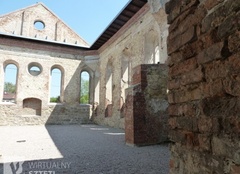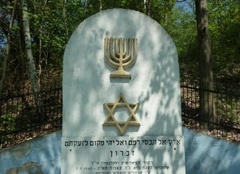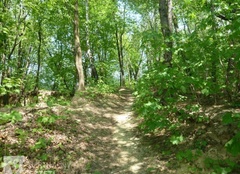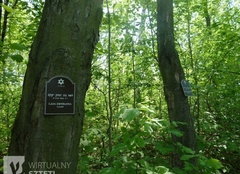Dzialoszyce
Pronounced “Jee-ah-woah-SHIHTS-eh” (Russian: Дзялошице / Dzjaloshitse, Yiddish: Zaloshitz, Hebrew: דזיאלושיץ)
Jewish families lived in the Polish town of Działoszyce since at least the 1330s, but a more established community did not take root until the early 1700s. A wooden synagogue was built in 1707 and within decades Jewish families made up more than half the total population.
In 1815, Działoszyce became part of the Russian Empire where it would remain for the next hundred years. Throughout this period, Jewish traders played an integral role in the local economy. Twice a week the central market square bustled with activity as peasants from nearby villages came to buy and sell produce and other goods.
By the mid-1800s the Jewish population of Działoszyce reached about 2,500, making up more than 80 percent of the town total. Jewish believers followed a traditional Hasidic way of life, with town-wide observation of the Sabbath beginning on Friday evening. The wooden synagogue and other religious buildings such as the mikvah (ritual bath) were prominent features of the town landscape.
The Działoszyce synagogue was among the buildings destroyed in a town fire in 1846. Ten years later, the Jewish community completed its first brick synagogue. Still, streets remained unpaved and muddy and rates of illiteracy were high into the early 1900s.
Działoszyce did not get a railway until the town was occupied by Austrian forces during World War I (1914-1918). Jewish residents suffered especially at the end of the war when Polish troops arrived in November 1918. Jews were attacked, their stores looted and one man was murdered.
Działoszyce became part of the newly independent state of Poland in 1919. While ethnic Poles conducted much of the town administration in the new state, Jews also filled a number of roles on the town council and in positions such as Vice Mayor.
The fair held twice a week in the Działoszyce market square continued to play a significant role in the local economy and life for the majority Jewish community remained largely traditional throughout the 1920s and 1930s. However, the more modern Zionist movement for the creation of an independent Jewish state grew increasingly popular, especially in the face of worsening unemployment and anti-Jewish hostility.
German troops invaded Poland on September 1, 1939 and reached Działoszyce six days later. Jewish property was confiscated and all Jewish residents were required to wear an armband with the Star of David. The arrival of about 5,000 Jews from other towns in Poland roughly doubled the Jewish population to some 12,000. Survivor Leon Cooper, 10 years old at the time, later said, “it was very crowded. … I remember people sleeping in the synagogue.” Disease spread and Jews were subjected to forced labor. Cooper recalled having to “clean the streets and dig ditches,” while girls and women cleaned outhouses “with their hands.”
Then, on September 2, 1942, all Jews living in Działoszyce were gathered on the market square. There, children and elderly were ordered onto horse-drawn wagons. Cooper’s grandfather, along with some 1,200 to 2,000 others, was taken to the cemetery about half a mile away. Cooper described hearing the gunfire as people were shot into mass graves.
All the remaining Jewish residents of Działoszyce were then herded onto train cars headed for the nearby town of Miechów. Leon Cooper and his father were among the 800 or so transferred to other camps, but tens of thousands were sent immediately to the killing center of Bełżec, including Cooper’s mother and sisters. Cooper recalled, “That’s the last time I saw them. They were killed within hours.”
Once a predominantly Jewish town, the centuries-old Jewish population of Działoszyce was annihilated within days. No Jews lived there in 2017.
Dzialoszyce: Photographs & Artifacts
-
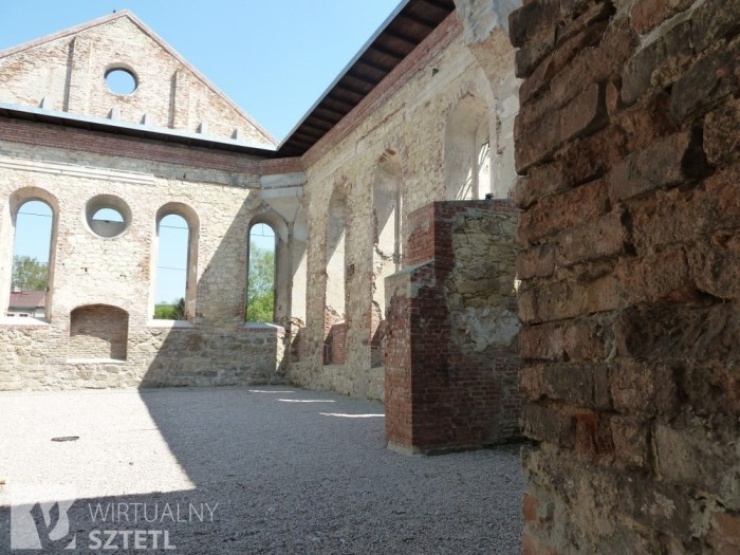 The synagogue in Działoszyce, May 2012. Credit: sztetl.org.pl/Małgorzata Płoszaj
The synagogue in Działoszyce, May 2012. Credit: sztetl.org.pl/Małgorzata Płoszaj -
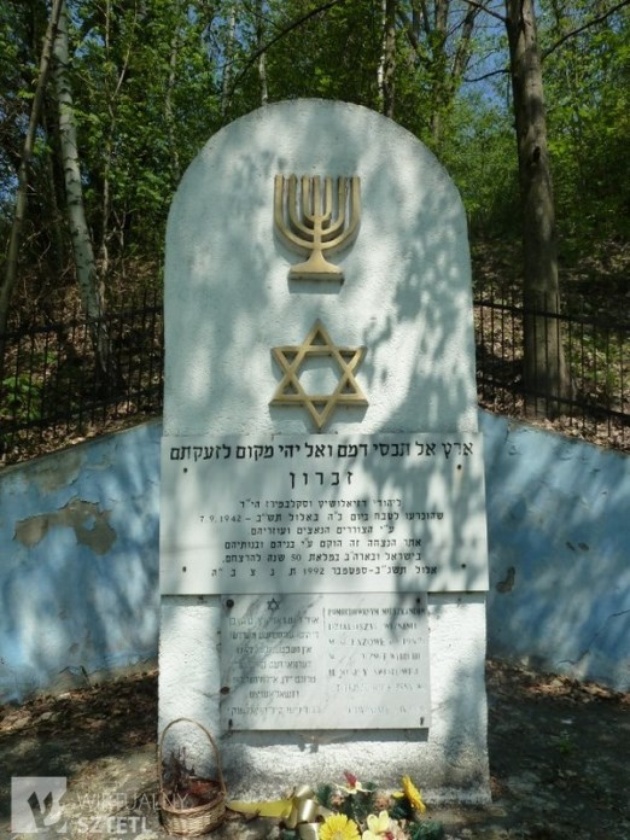 A memorial at the Jewish cemetery in Działoszyce, May 2012. Credit: sztetl.org.pl/Małgorzata Płoszaj
A memorial at the Jewish cemetery in Działoszyce, May 2012. Credit: sztetl.org.pl/Małgorzata Płoszaj -
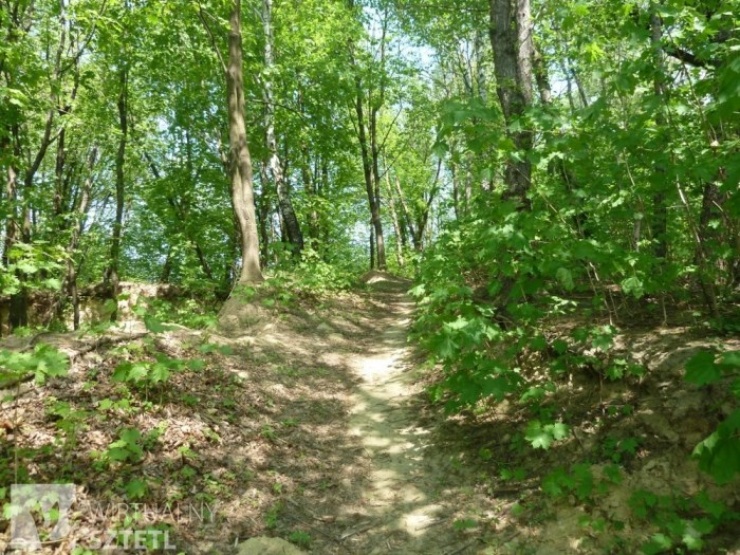 The Jewish cemetery in Działoszyce, May 2012. Credit: sztetl.org.pl/Małgorzata Płoszaj
The Jewish cemetery in Działoszyce, May 2012. Credit: sztetl.org.pl/Małgorzata Płoszaj -
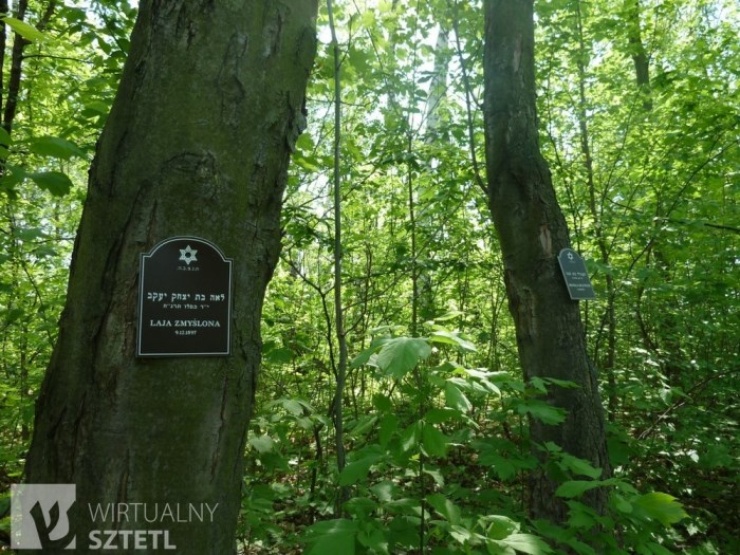 The Jewish cemetery in Działoszyce, May 2012. Credit: sztetl.org.pl/Małgorzata Płoszaj
The Jewish cemetery in Działoszyce, May 2012. Credit: sztetl.org.pl/Małgorzata Płoszaj
Destroyed Communities Memorial Slope
Dzialoszyce: Survivors
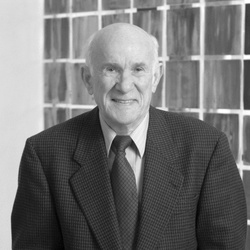
Every day was an entity in itself. You’ve got to live through the day to get to the next day. You never knew when you went to bed if you were going to get up in the morning. You could get killed while you sleep. So, you became seasoned in survival.
